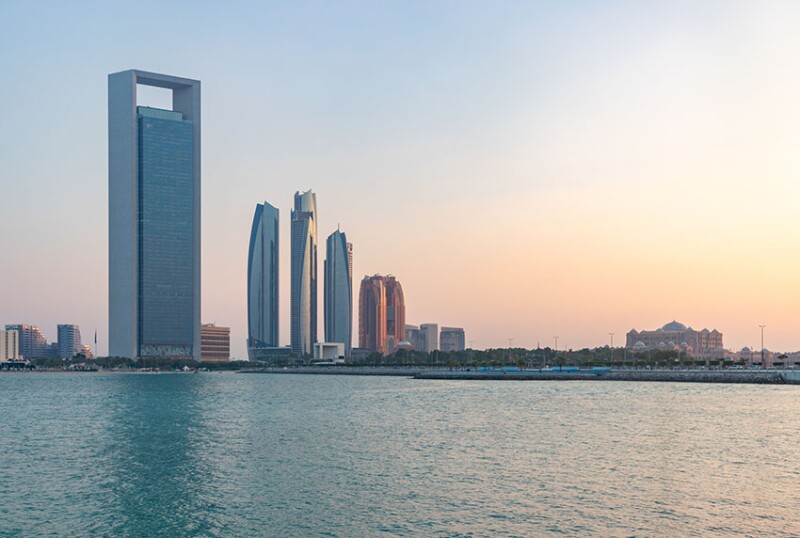A hidden gem may lie beneath one of the world’s latest megaprojects.
Next year, the Abu Dhabi National Oil Company (ADNOC) is set to launch production from its largest-ever gas development within the UAE’s shallow-water Ghasha concession.
Located some 190 km northwest of Abu Dhabi, the first phase will see gas flow from the Dalma field, followed by production from the Hail and Ghasha fields, with combined output expected to boost the UAE domestic gas supply by 1.5 Bcf/D by decade’s end.
Set aside for several decades due to high levels of H2S and CO2, ADNOC is now pushing to make natural gas a bigger part of its energy strategy and has thus proudly positioned this multibillion-dollar project as the world’s largest sour-gas development. As operator, ADNOC holds a 70% stake in the concession alongside partners Eni (10%), PTTEP (10%), OMV (5%), and Lukoil (5%).
ADNOC has also committed to making Hail and Ghasha the first major gas fields to operate with net-zero emissions, supported by substantial investments in carbon capture technology and the use of nuclear power.
Yet there may be more to Ghasha’s supply-side potential, thanks to a team of engineers and subsurface experts who weren’t ready to give up on a stubborn rock. Discovered in 1979, the Pre-Khuff formation is a gas-rich sandstone that, though free from H2S, presents other challenges that have so far kept it from reaching commercialization.
“The Pre-Khuff has performed well across the region—in Saudi Arabia and Qatar—but here in the UAE, we’ve faced 4 decades of unsuccessful attempts to unlock its potential,” said Jasim Ali Alloghani, ADNOC’s subsurface manager for the Gasha concession.
He explained the complexities of the Pre-Khuff formation center around its depth, temperature, and tightness. Offshore the UAE, the Pre-Khuff formation is found 16,000 ft below the mudline where temperatures are more than 350°F and reservoir pressures exceed 10,000 psi.
The sandstone is also rich in clay, with estimated clay content ranging from 10 to 40%. This leaves the rock with an upper porosity of about 12%, and a permeability range of 0.01 to 1 mD.
The difficulties associated with the Pre-Khuff formation intensify from there.


